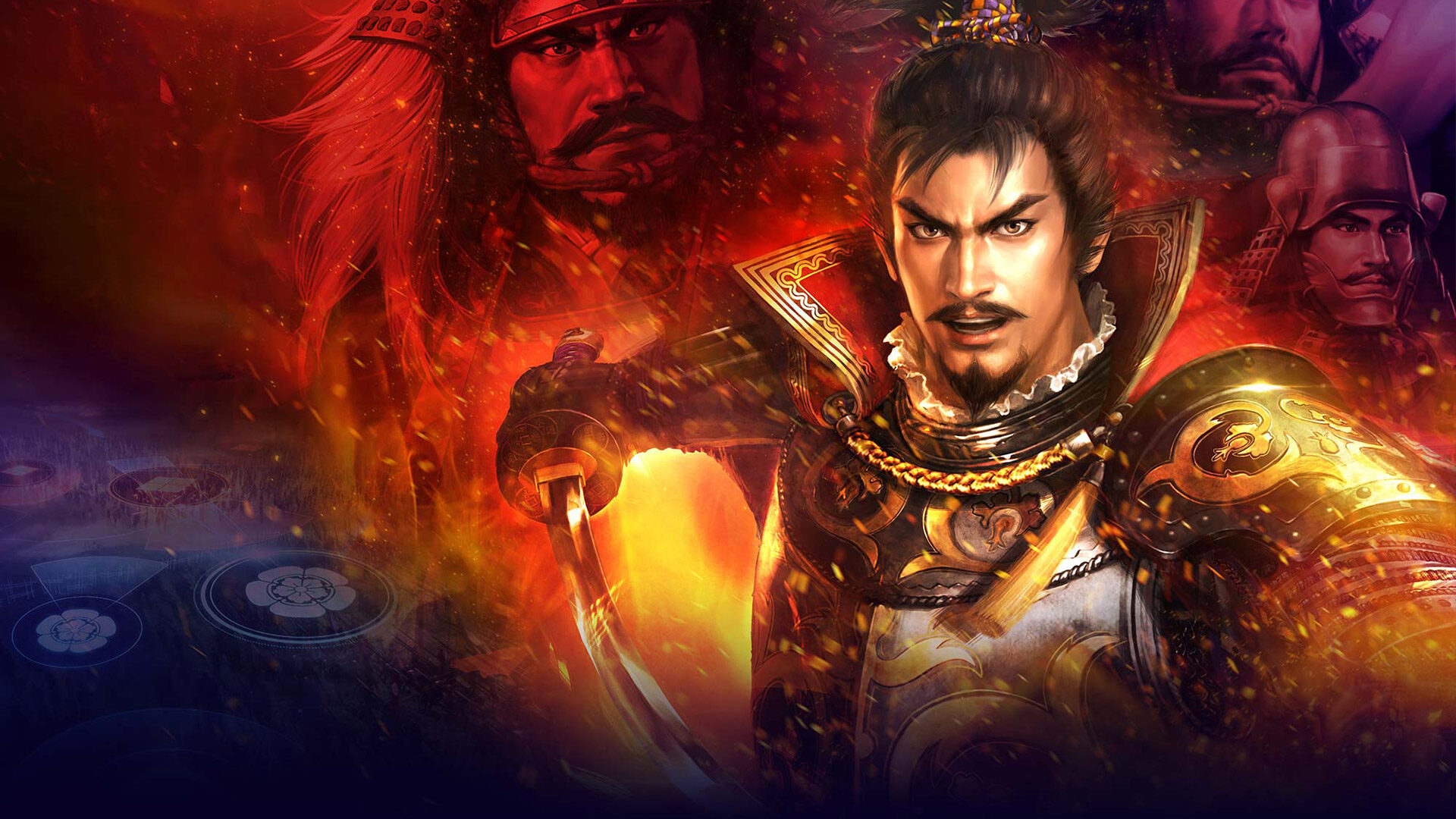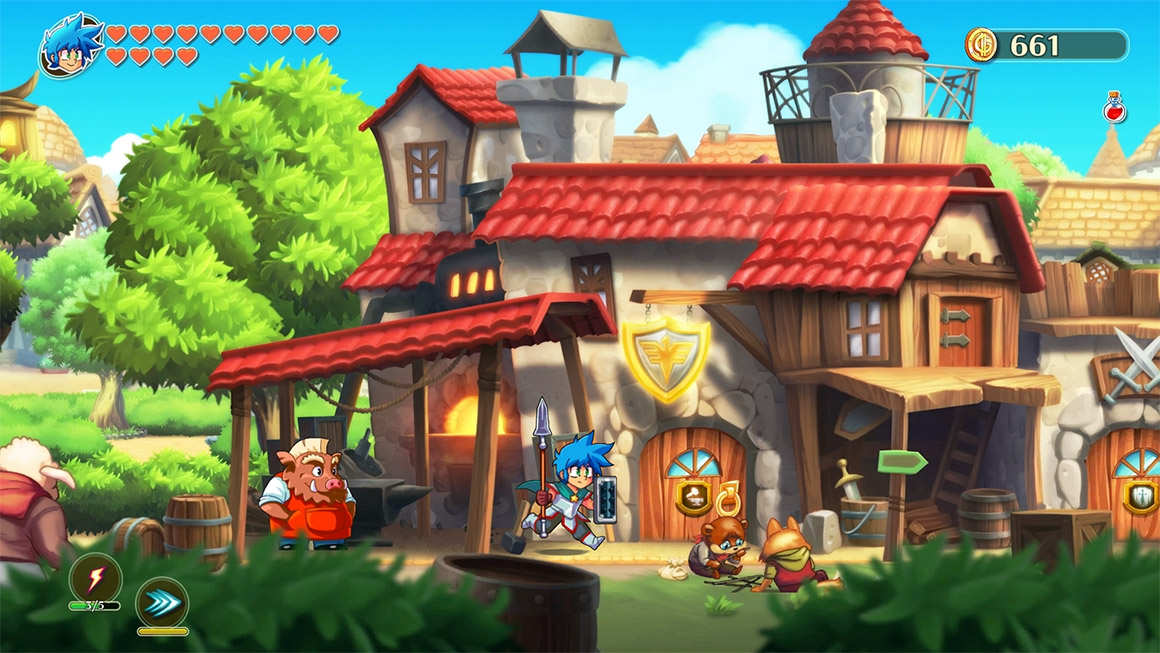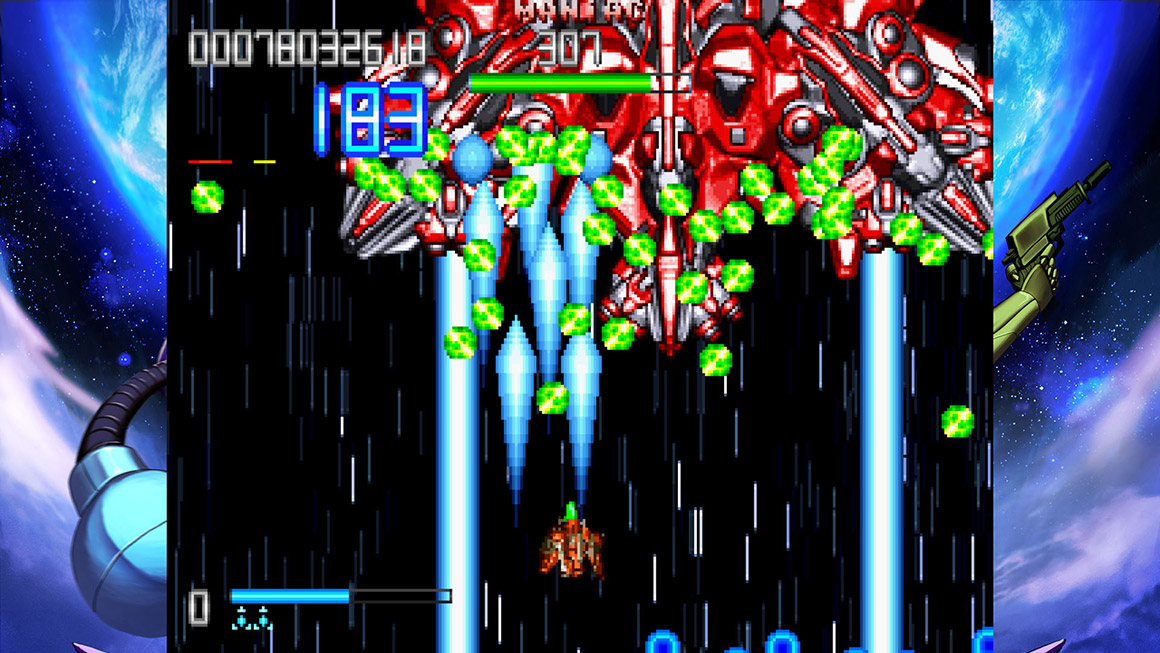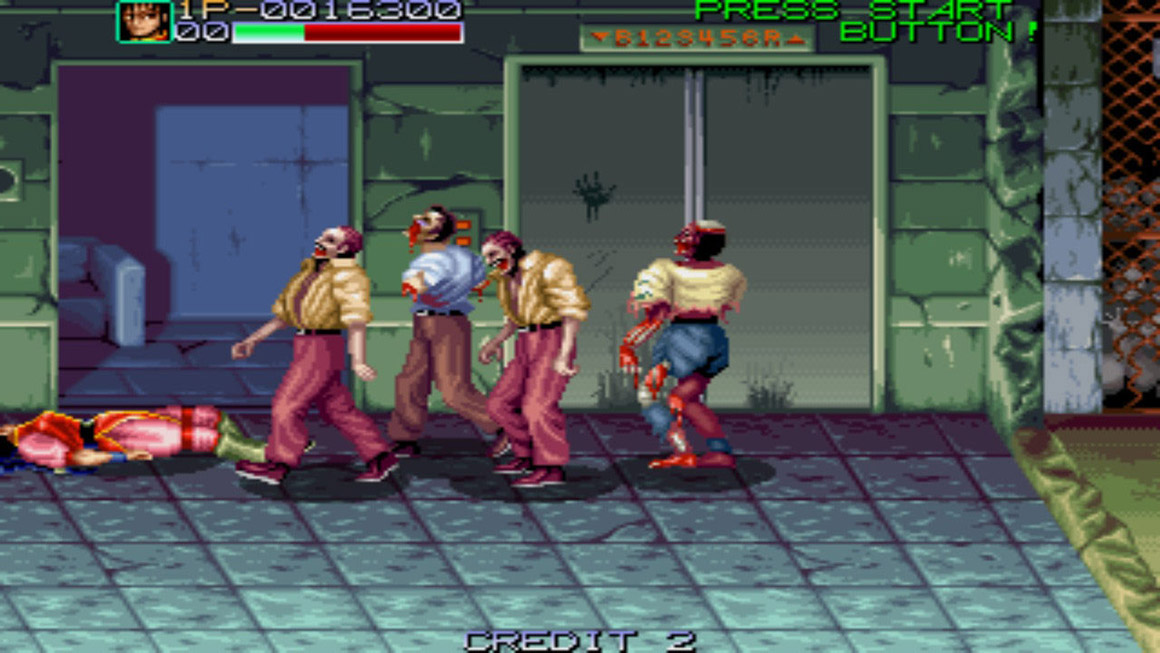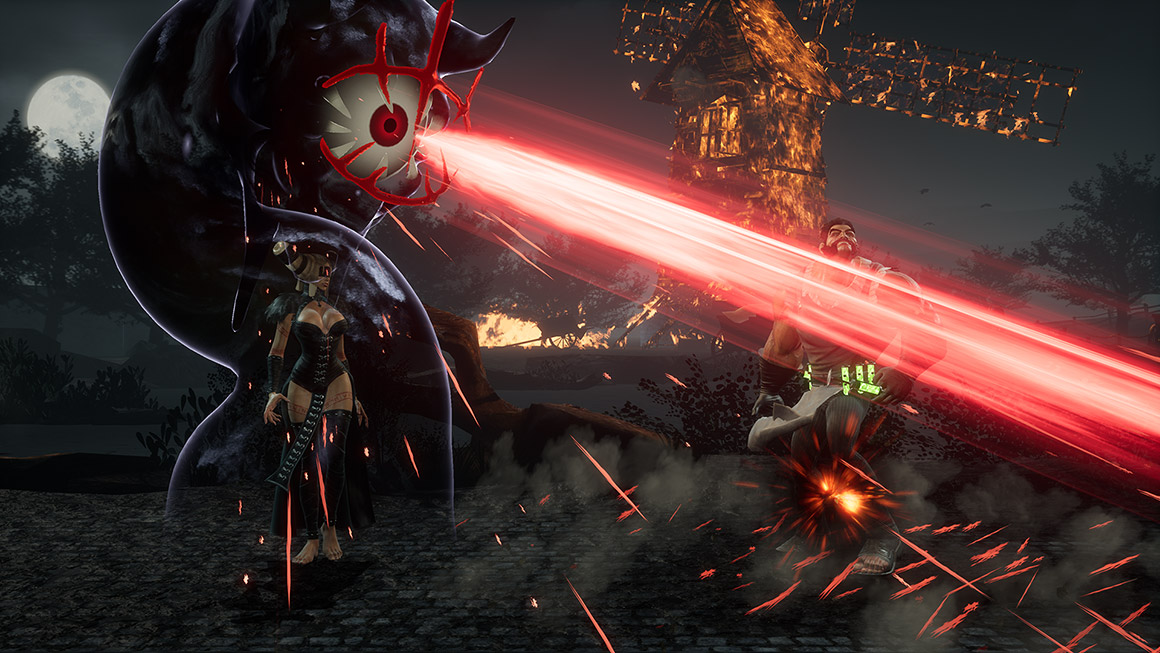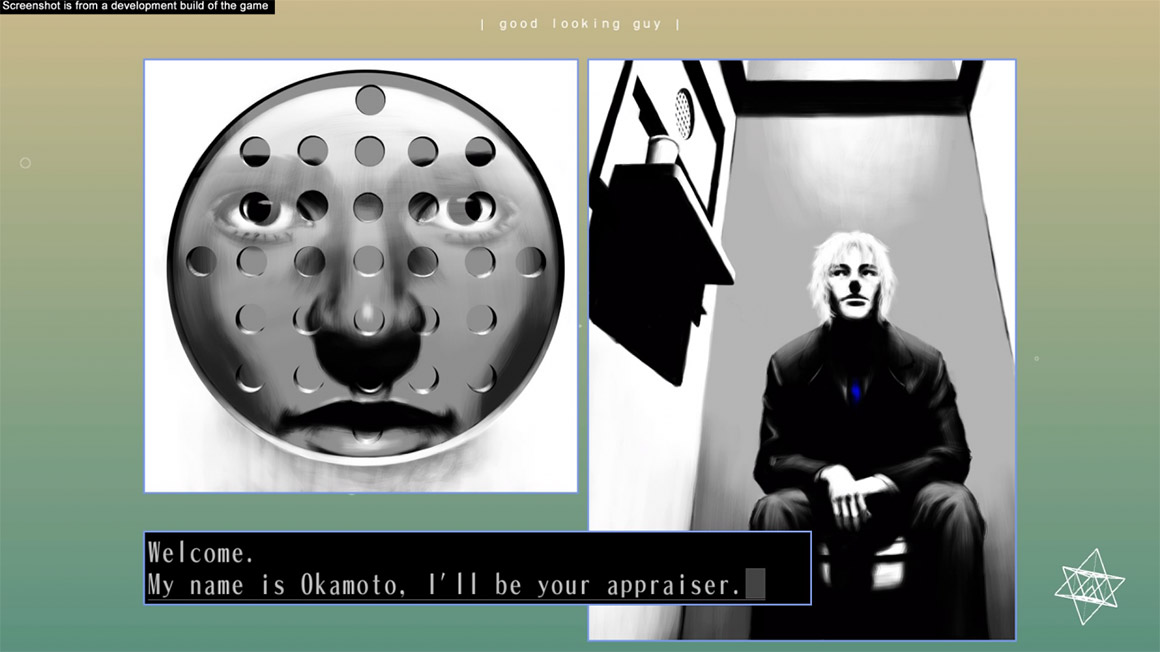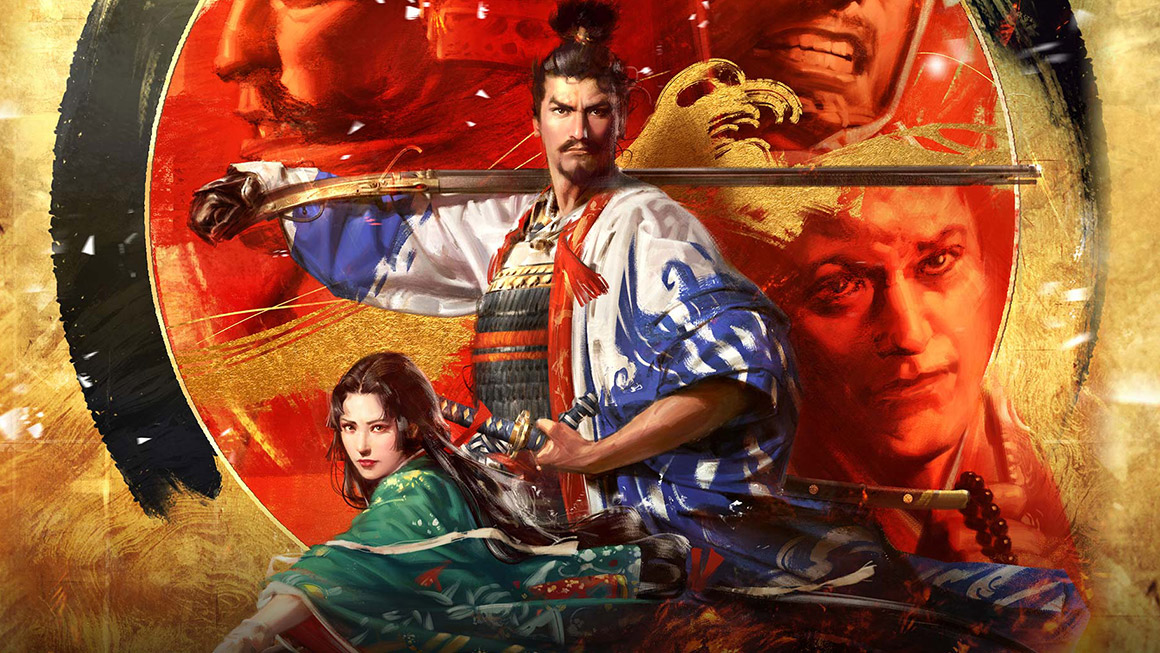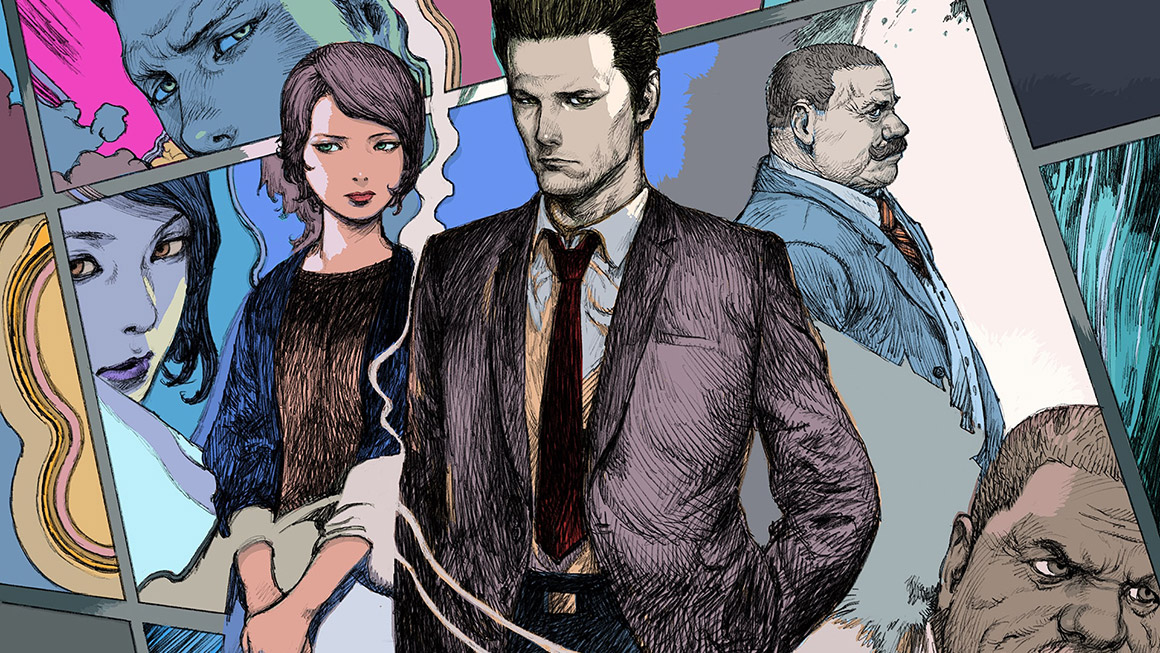Eight Great Games I Missed in 2018—And You Probably Did Too
When I was a child, I bemoaned how few games companies were releasing, always feeling like I was burning through titles faster than they could be created. Nowadays, I’d describe my feelings more as being that of a person buried under a million pounds of snow, where it’s become frightening obvious that rescue will never come. For every game I play or even simply pay attention to at this point, nine more are waiting out there, desperate to win a moment of my attention before the next 10 come along to replace them in our collective consciousness.
So, now that the year is fully behind us, I wanted to take a moment to look back at eight of the games I missed in 2018—be it titles I simply didn’t have time to play, started but never properly went back to, or which I (and the rest of the staff here at EGM) weren’t able to have the chance to check out during the course of the year. And, given that I’m sure many of you out there also missed out on some of these releases, it’ll be a good chance for all of us to make sure we don’t forget about them.
| #1 | Monster Boy and the Cursed Kingdom |
One of my biggest regrets of 2018 was not being able to do a review for Monster Boy and the Cursed Kingdom, which was the case due to the one-two punch of bad timing (right before we left for the holidays) and having another game I was already committed to. As a longtime fan of the Wonder Boy series, I was admittedly mixed on Monster Boyinitially. While it seemed to be a labor of love that included the assistance of Wonder Boy series creator Ryuichi Nishizawa and some top-name Japanese video game music talent, I really couldn’t get over its art style. Well, that art style was thankfully changed for the better due to fan feedback, and the rest of the game ended up pretty darn fantastic. In an era when the various elements of side-scrolling action adventures are so often credited to Metroid and Castlevania, it’s easy to forget just how much the Wonder Boy games contributed to the genre. Monster Boy and the Cursed Kingdom is a perfect reminder of the legacy of the franchise it acts as a spiritual sequel to, and it’s a fantastic game that I’m betting too many people ended up missing out on.
| #2 | 428: Shibuya Scramble |
When Spike Chunsoft announced 428: Shibuya Scramblefor Western release in early March 2017, it came as quite a shock, as it was one of those titles that I swore would forever stay stuck in its home country of Japan. And yet, in early September of last year, it arrived on our shores—and I missed out on it. Most of the blame for why actually rests on the shoulders of the game’s publisher and developer Spike Chunsoft, as it—just a week before—also released Fire Pro Wrestling World. When I finally had the time to sink some hours into the game months later, I quickly became enthralled with 428’s unique twist on visual novels. Existing as a niche title in an already niche genre, the game uses real-life actors and locations to dive into a detective drama seen through the eyes of a variety of protagonists. More than any other game on my list, I’m certain that 428: Shibuya Scrambleis the kind of experience that a whole lot of people will overlook—which is a shame, because it’s a gripping story told in a way most other games would never think to attempt.
| #3 | Fast Striker |
I’m bending the rules slightly for Fast Striker, given its original release came before 2018. However, the big catch to its 2010 debut was that the game launched on both the NeoGeo and Sega Dreamcast, neither of which are really active systems for anyone but weirdos like myself. So, getting PlayStation 4 and PlayStation Vita ports last year meant that the game would now be available to a much wider audience, and I’m really hoping that a lot of you took advantage of that. NG:DEV.TEAM has built up a reputation for crafting stellar indie hits based on classic arcade concepts, and Fast Striker is no exception. The vertical-scrolling bullet hell shooter is a ton of fun to play, giving players a variety of difficulty levels and deep scoring mechanics across its six levels. I’ve never been a fan of the “rendered sprites” era of the NeoGeo that Fast Strikers attempts to emulate, but I can forgive that one pet peeve given the quality level of the rest of the game.
| #4 | Johnny Turbo’s Arcade: Night Slashers |
Night Slashers is the second game on this list that isn’t technically a 2018 release, as Data East’s original arcade version first hit in 1993. The thing about this zombie-focused beat ‘em up, however, is that it would then take 25 years for it to see an eventual home console release. While Capcom’s Armored Warriors and Battle Circuit were the “lost” genre entries that got the most attention for finally coming home in 2018, Night Slashers still deserves some attention in its own right. Sure, it might not have the gameplay finesse of Capcom’s offerings, but its B-movie atmosphere and surprising high level of gore (for a 16-bit title) give it a wonderfully campy charm. Really, the only complaint I have about the game is the same I have for all of the Johnny Turbo’s Arcade releases: the stubborn refusal to give us any sort of option to play without any visual filters. Though I didn’t personally miss out on Night Slashers last year, it was a title that absolutely went under the radar, so I think it deserves another shot to get noticed.
| #5 | Omen of Sorrow |
While it’s easy to love the Marvel vs Capcoms, Samurai Shodowns, Killer Instincts, or Guilty Gears of the world, there’s something to be said for the lesser-known, lower-popularity fighting games that have cropped up over the course of the genre’s life. Back in the days of the Sega Saturn, I came to love and appreciate stuff like Groove on Fightand Asuka 120% Burning Fest Limited, and that was the mindset I came into Omen of Sorrowwith. Let’s just get it out there: This isn’t a game that could ever compete with Street Fighter V, Mortal Kombat 11 or the other big-name fighters in any regard. And yet, it has the solid core aspects of a fighting game that has obviously come from a group of passionate fans. It’s easy to see the influence gained not only from the bigger fighting games but also the Japanese doujinscene, and while gameplay might feel a little rough at first, I found a surprising layer of fighting satisfaction when I took the time to dig a bit deeper. If I had to find an easy way to explain Omen of Sorrow, I’d say it feels like the kind of fighter a group of metalhead teenage guys would make—and I say that in the most complimentary way possible.
| #6 | The 25th Ward: The Silver Case |
I have a weird relationship with developer Goichi “Suda51” Suda that could best be described as this: the more his games annoy me, the more I seem to like them. While I’ve been cold on his well-received efforts like Lollipop Chainsaw and No More Heroes, my absolute favorite release of his is the Nintendo DS version of Flower, Sun, and Rain—a game I’m not sure I’d ever actually recommend to another human being. So, when I see the 2018 remake of his 1999 PlayStation release The 25th Ward: The Silver Casecurrently sitting at a 68 on Metacritic, I’m not surprised it’s one of his games that ended up catching my interest. As part of Suda51’s “Kill the Past” universe, and the follow-up to the original The Silver Case, The 25th Ward can be an incredibly weird adventure even by his standards, with story elements, exploration, and puzzles that are quite likely to either perplex or piss off a decent amount of players. That’s one of the things that makes the game so compelling though: a freedom in game design that most developers would never be brave enough to try. No matter if you end up loving, hating, or being completely ambivalent to The 25th Ward: The Silver Case, it can at least promise an experience you simply won’t get almost anywhere else.
| #7 | Nobunaga’s Ambition: Taishi |
Long before it became known for pitting players against thousands of foes, or for its merger with Tecmo, Koei had a special place in my heart thanks to its line of historical simulators. First discovering them on the NES, it was then Romance of the Three Kingdoms II on Genesis where I really came to appreciate the complexity of trying to bring together the clans of ancient east Asia—and I’ve been a fan ever since. Thankfully, between the bouncing breasts and bountiful battles of its most popular modern-era releases, Koei Tecmo is still chugging away at some of its classic history-focused franchises. Nobunaga’s Ambition: Taishiis the latest in that line, tasking players with unifying all of Japan during some of its more turbulent times. Would-be rulers have a lot to juggle here, from improving the land and lives of people in their home territories, to forging treaties and alliances with other clans, to going to war when words simply aren’t enough. Nobunaga’s Ambition: Taishi isn’t my favorite release in the series from what I’ve had time to play of the game so far, as some of its elements feel a bit too simplified over previous chapters. That does, however, mean it could be one of the better places for new players to jump into the franchise. And honestly, as a longtime fan, I’m just glad we’re still getting the games in English—or at all—at this point.
| #8 | Jake Hunter: Ghost of the Dusk |
For the final entry on my list, I wanted to pick a game that I truly missed in 2018. As in, something I didn’t review, or write about in some other way, or beat, or even touch. And, for that, the game that most came to mind was Jake Hunter: Ghost of the Dusk—in part because the series is a perfect example of something that nearly all of us have missed. Starting its life as the Data East release Tantei Jinguuji Saburo: Shinjuku Chuokouen Satsujin Jikenon the Famicom Disk System way back in 1987, the franchise has seen over 20 chapters across a variety of platforms during its existence. And here in the West? Prior to Ghost in the Dusk, we received one of the games: Inishie no Kioku, first released as the cut-down Jake Hunter: Detective Chronicles, and then later uncut as Jake Hunter Detective Story: Memories of the Past. In an era when visual novels have carved out a large niche audience, and “mystery adventures” like Phoenix Wright and Danganronpa are beloved by many, you’d think detective dramas featuring a mix of storytelling, investigation, and problem solving would be getting more attention. Mix in the fact that this was a 3DS-only release at a time when people won’t shut up about demanding everything be on the Switch, and Jake Hunter: Ghost of the Dusk is a game that went unplayed by way too many people—including myself.
